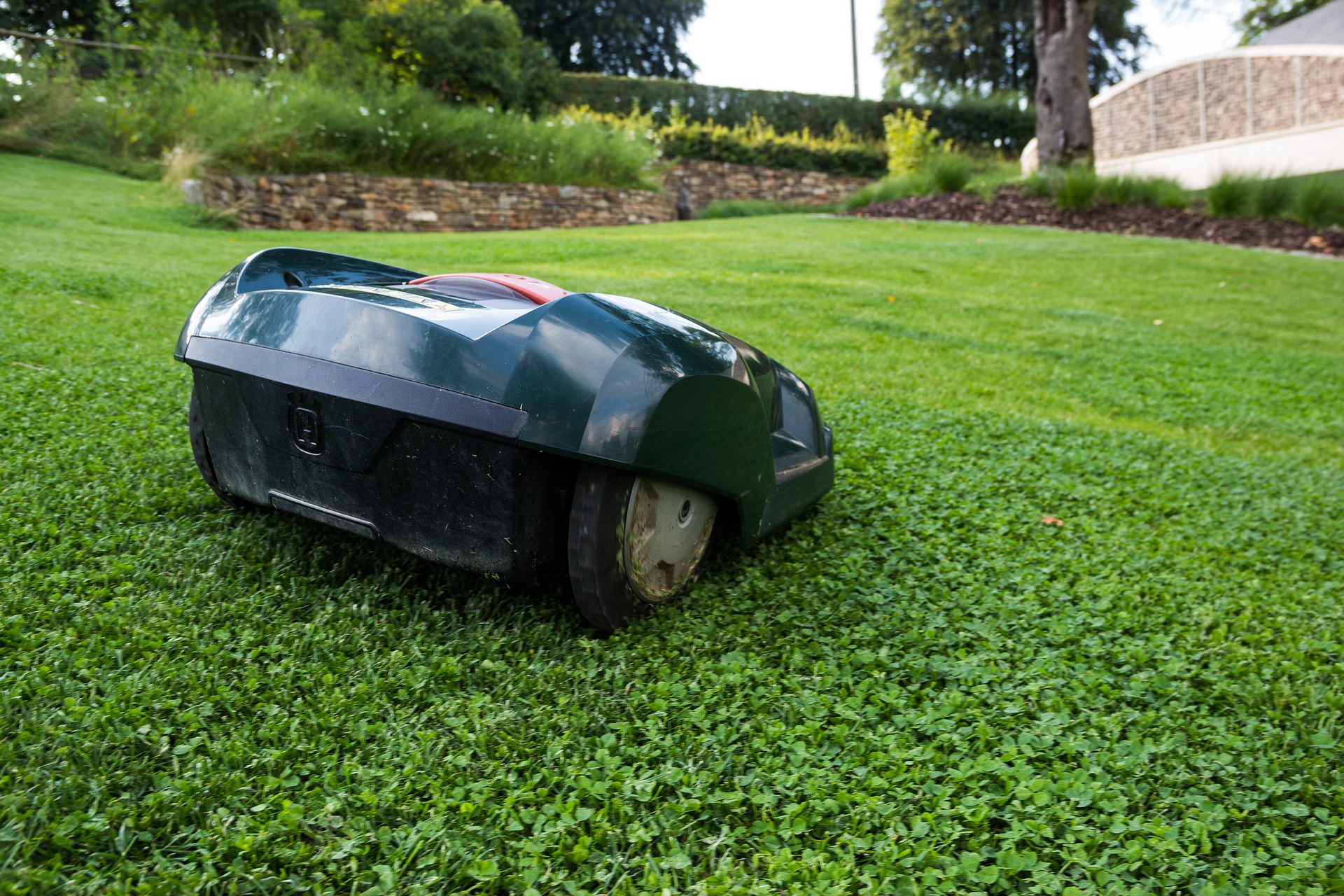Synthetic Turf: The Ultimate Guide to Modern Lawns
Discover how synthetic turf has revolutionized landscaping, offering a low-maintenance alternative to traditional grass. This comprehensive guide explores the benefits, installation process, and design possibilities of artificial lawns. Learn how to transform your outdoor space with durable, water-efficient synthetic grass that looks and feels like the real thing. Whether you're a homeowner or business owner, find out if artificial turf is the right choice for your property.

Transforming Outdoor Spaces with Synthetic Turf
The Rise of Artificial Lawns
Gone are the days when artificial grass was considered a tacky alternative to natural lawns. Today’s synthetic turf has evolved into a sophisticated landscaping solution, offering a perfect blend of aesthetics and practicality. Homeowners, businesses, and public spaces are increasingly turning to this innovative option for its numerous benefits and versatile applications.
Advantages of Synthetic Grass in Challenging Environments
Synthetic turf excels where natural grass struggles. It’s an ideal solution for:
- Shaded areas with limited sunlight
- High-traffic zones prone to wear and tear
- Regions facing persistent water scarcity
By installing artificial grass, you can instantly transform problematic spots into lush, green spaces without the ongoing battle against patchy growth or brown spots. While it doesn’t replicate all the ecological functions of living grass, synthetic turf significantly reduces water consumption, eliminates the need for mowing, and cuts down on fertilizer and pesticide use.
Simplified Lawn Maintenance
One of the most attractive features of artificial grass is its low-maintenance nature. Say goodbye to:
- Weekly mowing sessions
- Constant watering
- Seasonal fertilizing and pest control
Instead, your synthetic lawn care routine will typically involve:
- Occasional brushing to keep fibers upright
- Light rinsing to remove dust or pet waste
- Periodic checks of infill levels (if applicable)
While basic upkeep is straightforward, it’s worth noting that professional deep cleaning may be necessary on occasion to address stubborn stains, moss growth, or compacted infill. Overall, many homeowners report significant time and cost savings on routine lawn care.
Choosing the Right Synthetic Turf
When selecting artificial grass, consider these key factors:
- Pile height: Shorter (20-30mm) for high-traffic areas, longer (30-40mm) for a more natural look
- Blade shape and color: Multi-tone fibers for realistic appearance
- Material composition: Durable polyethylene or polypropylene for UV resistance
- Infill options: Sand, rubber crumb, or organic alternatives affecting drainage and feel
- Intended use: Different types for play areas, pet zones, decorative lawns, or rooftop gardens
- Warranty and UV-stability ratings: Indicators of long-term performance
Installation Process: Laying the Foundation for Success
Proper installation is crucial for a long-lasting, attractive synthetic lawn. The process typically involves:
- Removing existing vegetation and topsoil
- Grading and compacting a stable subbase (often crushed stone)
- Installing a weed barrier membrane
- Laying the turf, joining seams, and securing edges
- Adding infill material if recommended
Proper drainage is essential to prevent water pooling. While DIY installation is possible for small areas, larger or complex projects benefit from professional expertise. When hiring installers, always request references, detailed written estimates, and clear project timelines.
Integrating Synthetic Grass into Landscape Design
Artificial turf can complement various landscaping styles when thoughtfully combined with other elements:
- Use raised beds, permeable pavers, or gravel paths to break up large green expanses
- Create designated zones for pets with easy-clean turf varieties
- Combine lightweight turf systems with container plants for balcony or rooftop gardens
- Employ careful edging and transition strips to blend synthetic and natural elements
- Balance the artificial lawn with strategic plant selection to maintain biodiversity
Environmental Considerations and Local Regulations
While synthetic turf offers benefits like reduced water use, it’s important to weigh these against factors such as:
- Loss of living soil ecosystem
- Potential heat retention in urban environments
- End-of-life disposal considerations
Additionally, check local regulations that may affect installation, particularly in areas with strict landscaping or water management rules.
Making an Informed Decision
Synthetic turf can be an excellent choice for those seeking a consistently attractive, low-maintenance outdoor space. To determine if it’s right for your property:
- Assess your specific site conditions (slope, soil type, sun exposure)
- Consider your long-term landscaping goals and lifestyle needs
- Consult with local landscaping professionals for personalized advice
- Compare multiple quotes from reputable installers
- Choose materials and installation methods aligned with your intended use and longevity expectations
By carefully evaluating your options and working with experienced professionals, you can create a beautiful, functional synthetic lawn that enhances your property for years to come.






